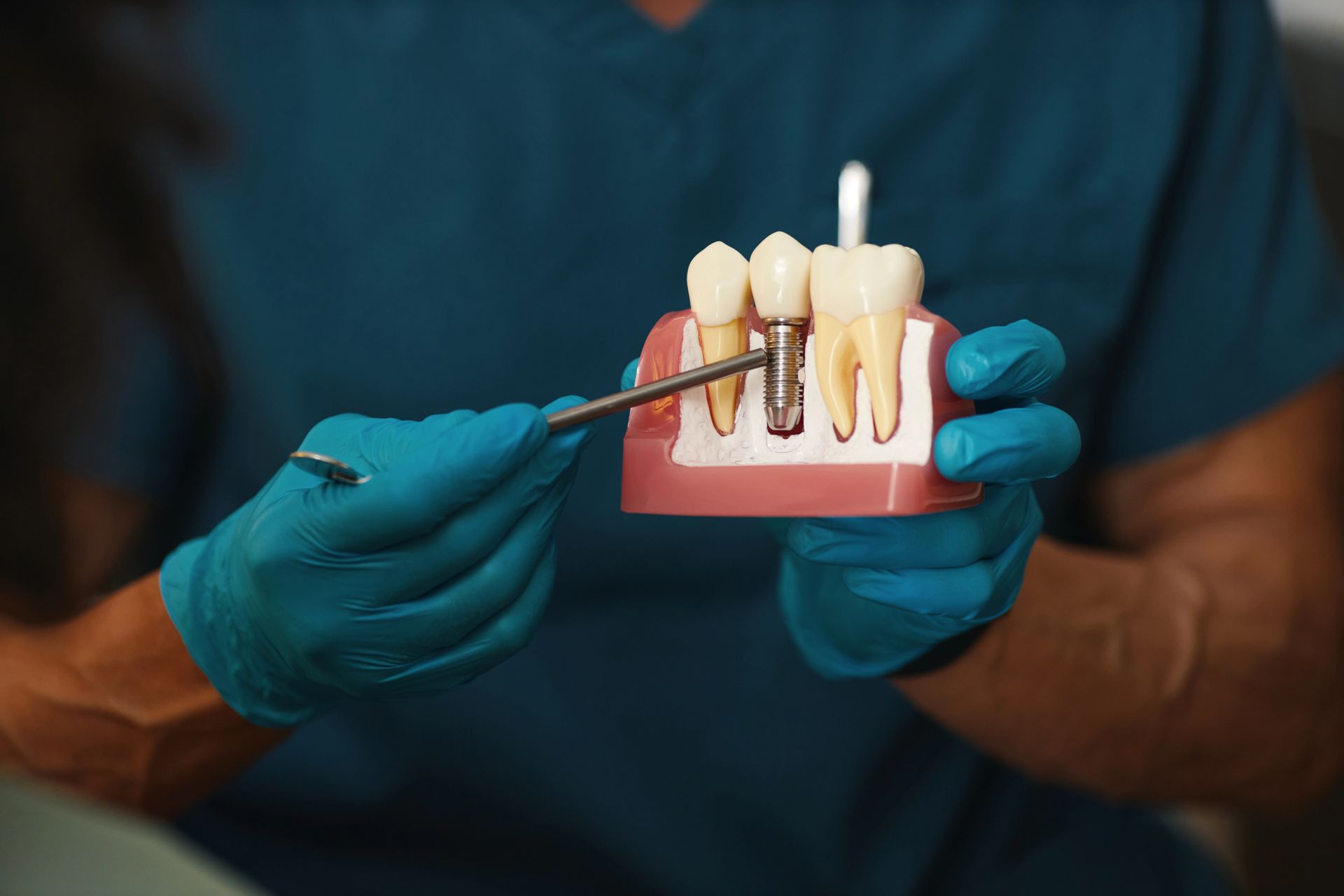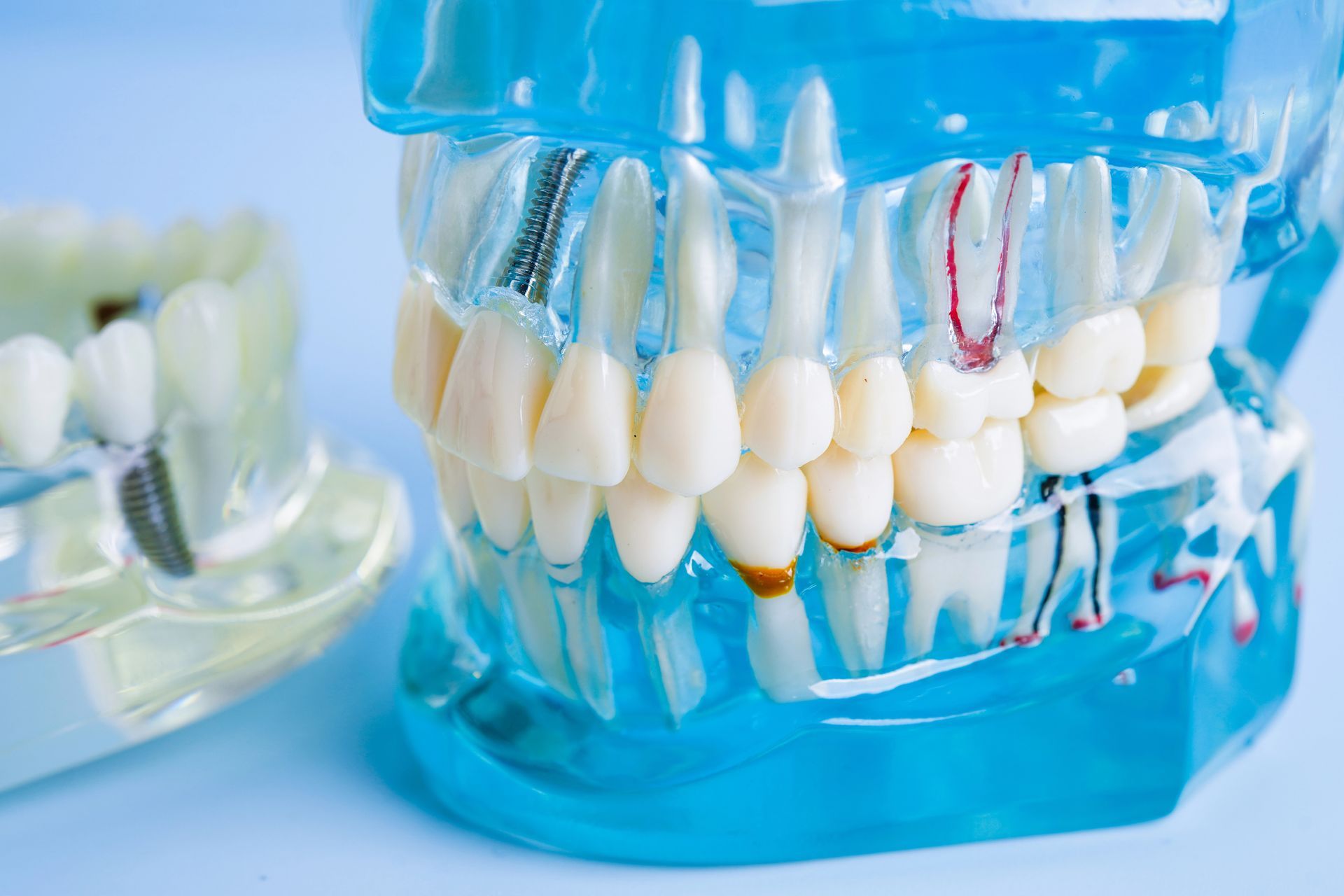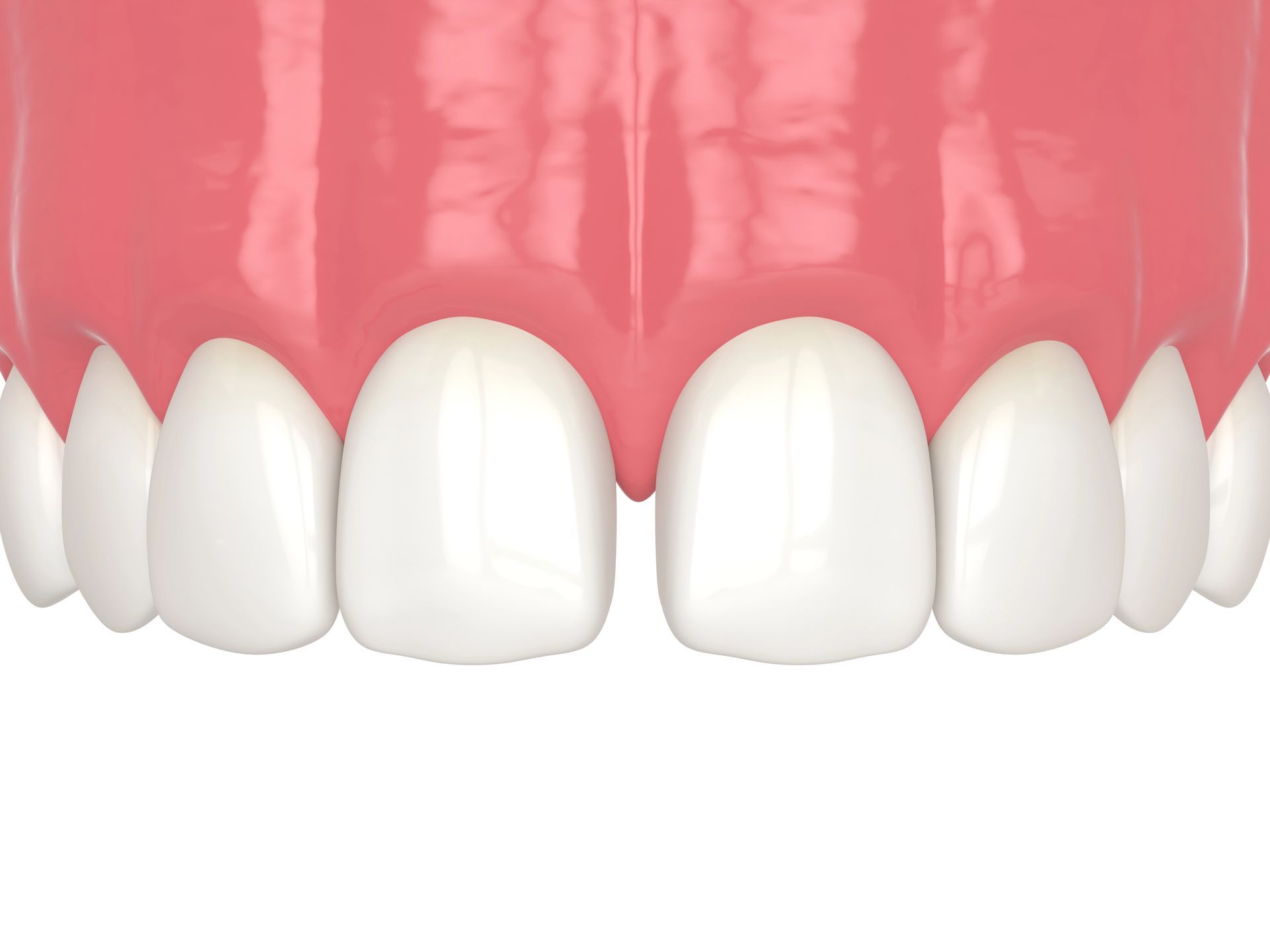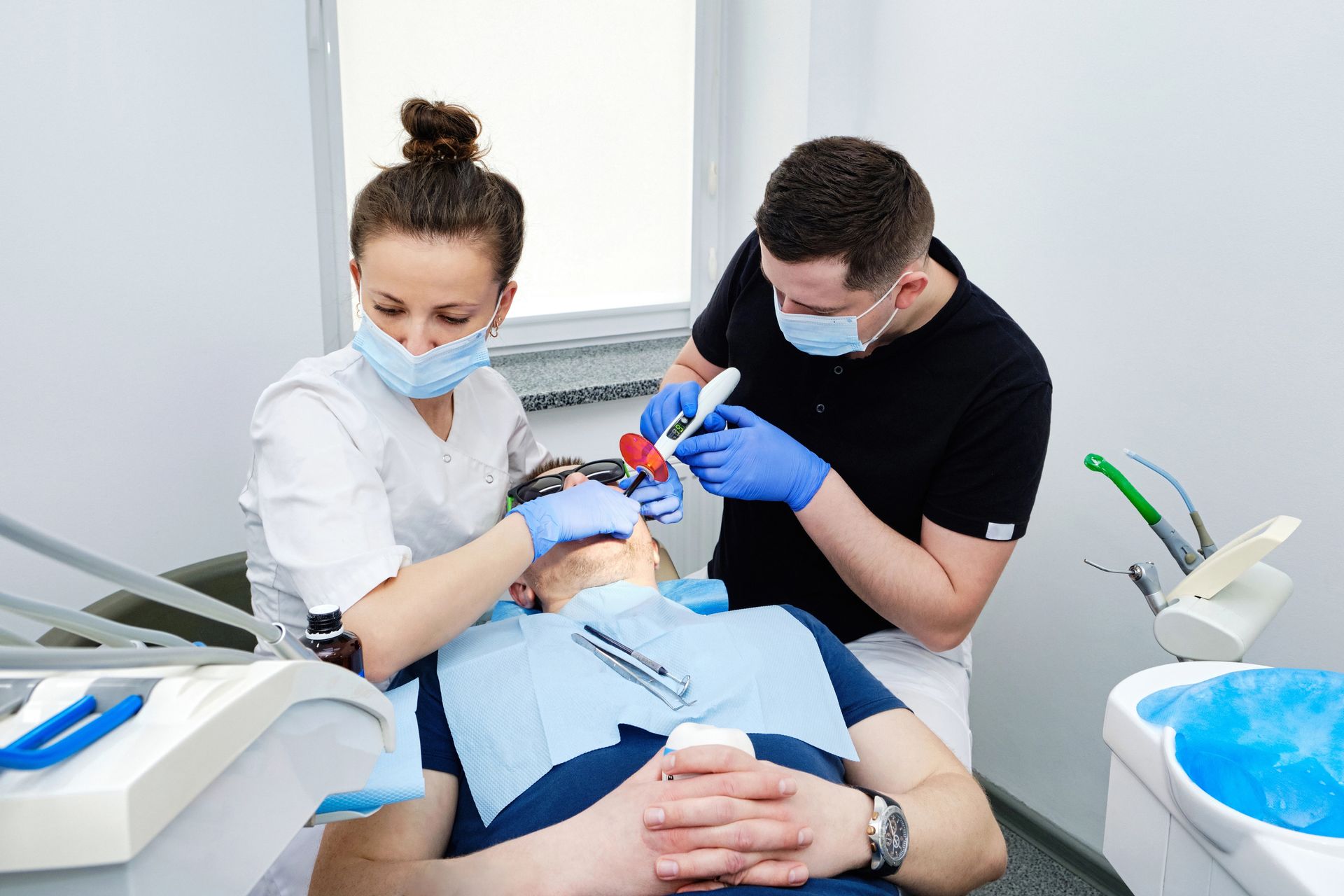Are you considering a durable and aesthetic option for your dental restorations? At Design Dentistry Columbia, we specialize in precise porcelain inlays that seamlessly restore the function and beauty of your teeth with unparalleled craftsmanship and attention to detail.
The Art of Crafting Porcelain Inlays
Porcelain inlays represent a pinnacle of dental restoration artistry, combining aesthetic appeal with functional durability. These custom-crafted pieces are meticulously designed to fit into the grooves of a tooth, typically after decay or damage has been removed. Unlike metal fillings, porcelain inlays are created to match the natural color of your teeth, ensuring a seamless integration into your smile. The process involves taking a precise impression of the tooth, from which a dental laboratory crafts the inlay. This level of customization not only restores the tooth's integrity but also preserves more of the natural tooth structure compared to traditional fillings.
While porcelain inlays are focused on restoring the biting surface within the cusps of a tooth, their counterpart, Porcelain Onlays: A Beautiful Dental Solution, extends over one or more cusps of the tooth. Both are made from high-quality ceramic material that mimics the translucency and strength of natural teeth. The artistry involved in creating these restorations is evident in their fit and finish, which require a high degree of precision and attention to detail. By choosing porcelain inlays or onlays, patients benefit from a restoration that is not only strong and long-lasting but also indistinguishable from their natural teeth.
Porcelain Inlays: Aesthetic Meets Durability
When it comes to dental restorations, porcelain inlays represent the perfect blend of beauty and strength. Unlike traditional fillings, porcelain inlays are custom-crafted to fit your tooth's specific contours, ensuring a seamless integration with your natural tooth structure. Not only do they provide a superior aesthetic match to your existing teeth, but they also boast impressive durability. The high-quality porcelain material used in these inlays is resistant to wear and staining, making it an ideal choice for restoring a tooth's appearance and functionality for the long term. With porcelain inlays, patients enjoy a natural-looking solution that doesn't compromise on resilience.
Moreover, the precision involved in creating porcelain inlays means that they fit impeccably, reducing the risk of future decay or damage to the surrounding tooth structure. This precise fit also helps to maintain the strength of the natural tooth, which is essential for overall dental health. For those seeking expert care in this advanced dental procedure, Columbia Porcelain Inlays Expert Care offers state-of-the-art treatment options designed to restore your smile with meticulous attention to detail and an unwavering commitment to quality.
Precision Fit: Inlays for Perfect Smiles
When it comes to dental restorations, the precision fit of porcelain inlays is unparalleled, ensuring a seamless integration with your natural teeth. These custom-crafted restorations are meticulously designed to match the exact contours of your tooth, filling cavities and repairing damage with a finesse that traditional fillings can't match. Not only do they restore the function of your teeth, but they also enhance the aesthetic appeal of your smile. With porcelain inlays, dentists can achieve a perfect color match to your existing teeth, making them virtually indistinguishable from your natural enamel. The result is a flawless smile that combines strength, durability, and beauty, giving you the confidence to show off your pearly whites without a second thought.
Inlay Procedure: What to Expect
When considering precise porcelain inlays for dental restorations, understanding the inlay procedure is crucial for patients seeking a durable and aesthetic solution for tooth decay or damage. Typically, the process begins with the dentist removing any decay and preparing the tooth, ensuring a perfect fit for the inlay. Impressions of the tooth are then taken and sent to a dental lab where your custom porcelain inlay is crafted. During a subsequent visit, the dentist will securely bond the inlay to your tooth, meticulously adjusting it for a seamless integration with your bite. With proper care, porcelain inlays can provide a long-lasting restoration that not only strengthens your tooth but also blends naturally with your smile, making it a preferred choice for those looking to restore their teeth's function and appearance with minimal invasiveness.
Maintaining Your Porcelain Inlays Long-Term
Ensuring the longevity of your porcelain inlays is crucial for sustaining a healthy and radiant smile. To maintain your dental restorations long-term, it's essential to adopt a meticulous oral hygiene routine that includes twice-daily brushing with a non-abrasive toothpaste, flossing to remove plaque from areas your toothbrush can't reach, and regular check-ups with your dentist. Additionally, avoiding hard foods that can crack the inlays and refraining from habits like teeth grinding can significantly extend their lifespan. Protect your investment in your smile by considering the use of a nightguard if you clench or grind your teeth in your sleep. By following these simple yet effective steps, you can ensure that your precise porcelain inlays remain an integral part of your beautiful and functional smile for years to come.
Conclusion
For expertly crafted porcelain inlays that restore your smile with precision, call Design Dentistry Columbia at 803 667 3919 or read our reviews on Google Maps.










